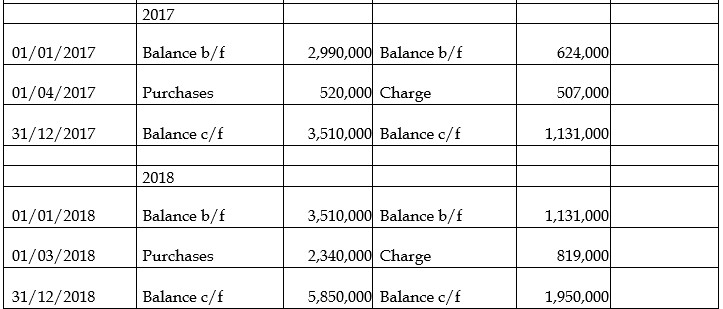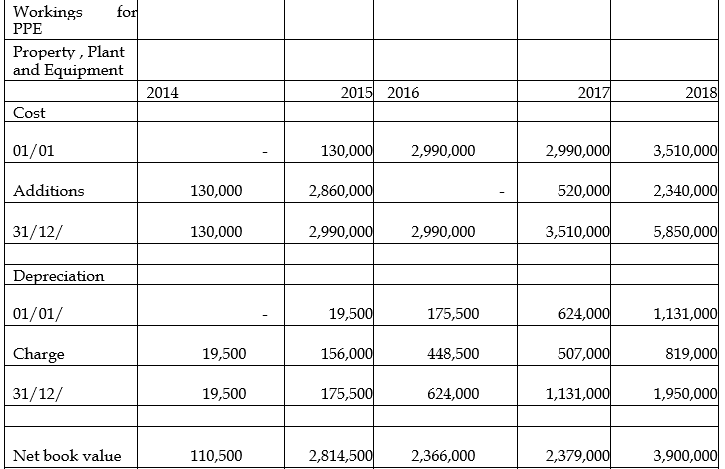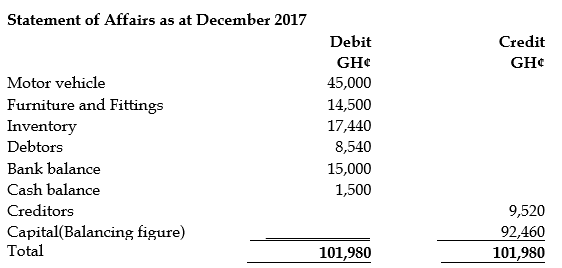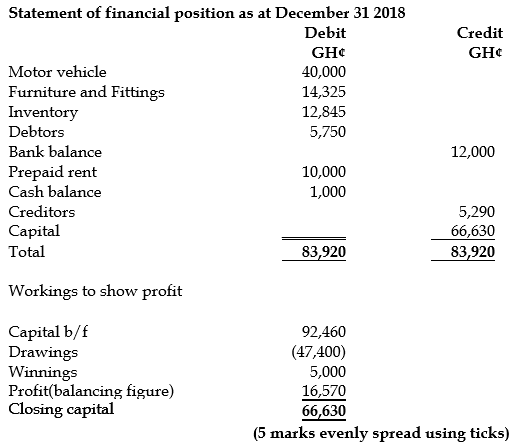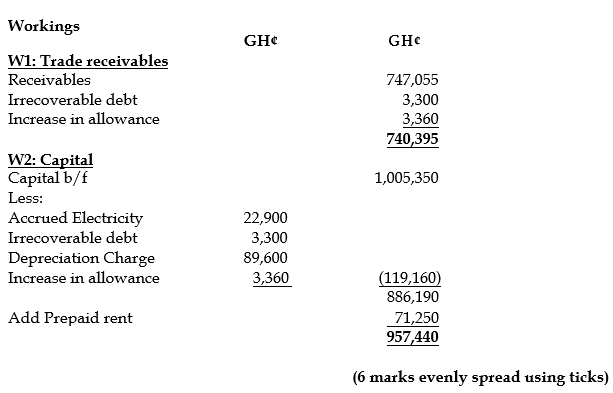May 2019 Q5 b.
The conceptual framework for financial reporting sets out the concepts that underlie the preparation and presentation of financial statements for users. The objectives of financial statements is to provide information about the financial position, performance and changes in financial position of an entity that is useful to a wide range of users in making economic decisions. Users of accounting information are classified into internal and external users.
According to the Framework of IAS/IFRS, the underlying assumptions for the preparation of financial statements are accrual basis and going concern basis.
Required:
Identify and explain FOUR (4) elements of financial statements. (8 marks)
View Solution
Asset: An asset is a resource controlled by the entity as a result of past events and from which future economic benefits are expected to flow to the entity.
Liability: A liability is a present obligation of the entity arising from past events, the settlement of which is expected to result in an outflow from the entity of resources embodying economic benefits.
Equity: Equity is the residual interest in the assets of the entity after deducting all its liabilities.
Income: Income is increases in economic benefits during the accounting period in the form of inflows or enhancements of assets or decreases of liabilities that result in increases in equity, other than those relating to contributions from equity participants.
Expense: Expenses are decreases in economic benefits during the accounting period in the form of outflows or depletions of assets or incurrences of liabilities that result in decreases in equity, other than those relating to distributions to equity participants. (Any 4)



